|
As the country mourned H M Elizabeth II the C&TA were able to celebrate her great ancestor Queen Elizabeth I's progress to Norwich in 1578 with a workshop recreating some of the Virgin Queen's elaborate costumes. There will be more workshops later in the year creating luminous mannequins to be displayed in the City's illuminated window trails during the winter. The textiles of the sixteenth century and the 'Strangers' - religious refugees who fled to Norwich in their thousands bringing their skills as weavers and textile workers - were remembered through a hidden treasure, a rare tapestry in St Peter Mancroft Church dating back to 1573 which was researched for a C&TA/Heritage Open Days talk. Look out for it in this year's Miscellany. 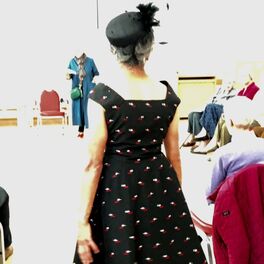 September's meeting paid tribute to C&TA founder, textile expert and conservationist Pamela Clabburn. It was a chance to open our store and get some vintage clothing onto the catwalk once again with reminiscences of Pamela as a tour de force in the textile world. As someone who did more than most to conserve and promote the immensely important 19th Century Norwich Shawl industry, the Paisley pattern must have been one of Pamela's favourites - It is a design motif which many have laid claim to, but which dates back into the depths of history and across the globe. This was demonstrated by our online talk from Dr Dan Coughlan, Curator of Textiles for the Paisley Museum. He gave us a fascinating insight into its universal appeal transcending all cultural divides and dating back into antiquity, with examples from the seventh century BC to the present day and across all continents and religions. A favourite of the celts it can be seen on greco roman tunics, ancient Chinese, Persian, Zoroastrian designs, Afghan jewellery, Mesopotamian, Byzantine, Sicilian, Scottish - The pattern is ubiquitous and timeless. Become a Paisley Spotter!
0 Comments
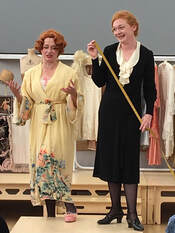 The skill of the seamstress took centre place this month in the Divine Deco presentation from the ever popular History Wardrobe team. A packed hall of C&TA members spent a delightful afternoon learning how a generation of women changed silhouette and created beautiful, less restrictive clothes. Our monthly zoom lectures in June and July also gave us fascinating insights: 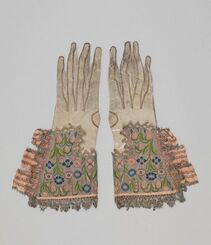 ‘Show me your glove and I’ll tell you who you are’ was a common saying in the 19th century. Anne Green, Emeritus Professor of French at Kings College London handed us a fascinating us window on the history of gloves and their significance, touching on gloves found in Tutankhamun’s pyramid tomb, exquisitely embroidered and sequined confections, to 21st century Bluetooth-enabled gloves. Linked to honour, status and identity as well as to decadence and deceit, gloves have been credited with powers that extend to marriage, magic and even murder Deborah Phipps, a professional textile conservator, gave us an idea of the huge amount of thought, research, skill and planning needed to put costumes and textiles on display. Clothes being prepared as museum exhibits must be capable of being on show 24/7 for many months, if not years. Just the weight of the fabric can create strain and weak points that all have to be guarded against. Fastenings, silhouette, sleeves, waistline, length all inform the choice of mannequin or display, exposure to light, pose, access, all these must be thought of (none of them in isolation). Deborah led us through the step by step decision making process, cleaning, stuffing, paddin g and petticoats that create a successful display without damaging precious exhibits. Now news of an exciting new resource for costume and textile fans:
Introducing a new Fashion Central collection Bloomsbury Dress and Costume Library Bloomsbury Dress and Costume Library will be the first comprehensive online collection for the study of dress and costume history, design and making. Launching in June 2023, it will take its place as part of the wider Bloomsbury Fashion Central platform to bring together the Encyclopedia of Film and TV Costume, an exclusive and authoritative reference work on costume on screen, alongside an extensive curated collection of monographs, practical eBooks, further reference and historic works such as Norah Waugh’s Cut of Women’s Clothes. We look forward to hearing more as the project comes together. 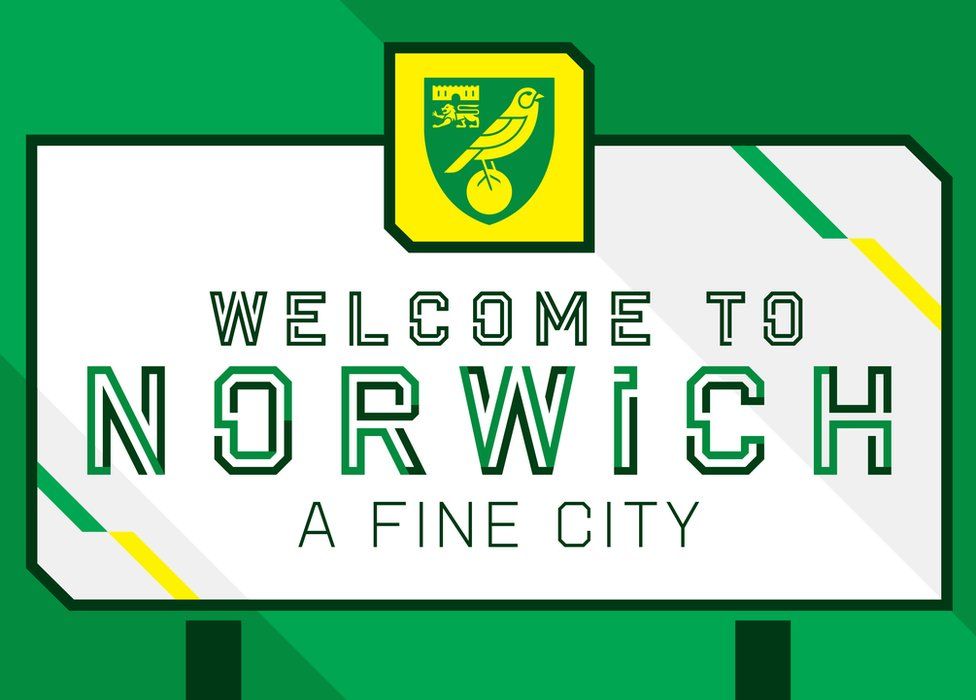 Norwich City Football Club has changed its logo to mark its 120th anniversary. The updated branding includes a new badge that has been modernised for the "digital age" and a new typeface called "Norwich Weave". The club said it consulted with supporters and was "proud of our history and the connection the club has with the heart of the city". The branding "pays homage to Norwich's industrial past, when during the 16th Century the textile and weaving industry in the town boomed following an influx of refugees from the Spanish Netherlands, known as 'The Strangers'" (who incidentally introduced canaries to Norwich). The Norwich Weave typeface has been specially created for the club. It was two years in the planning and demonstrates the importance of textiles to the city. At the AGM at the end of May we had the rare pleasure of examining some beautiful Victorian Norwich shawls in the collections of some of our members and learning more about them from resident experts Helen Hoyte and Joy Evitt. These exceptionally fine textiles were of premium quality, they were a favourite of Queen Victoria and were exported around the world. It was wonderful to see these precious textiles close-up, to learn more of how they were manufactured and discover how these huge pieces of cloth 12ft (3.6m) wide, would have been folded and worn over a lady's crinoline. Another treat for textile fans was the chance to see a splendid exhibition of exquisitely embroidered ecclesiastical textiles which bedecked St Peter Mancroft church over the Jubilee weekend. Church raiments, copes, altar pieces, pennants glowed with colour in the medieval building and it was a great chance to see how fashions have changed across the decades even in these conservative textiles. Alongside intricately stitched traditional goldwork and hand embroidery, were copes adorned with chinese silks incorporating buddhist symbols of good luck, some even experimented with tie-dye - a great celebration of the creativity of makers.
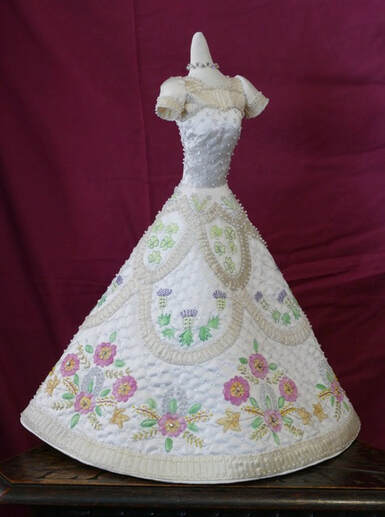 C&TA member Jacquie Harvey BEM writes: Still being cautious about going out has given me extra time to sit and sew. This year, as you will know, we will be celebrating Her Majesty’s Platinum Jubilee, with a long weekend of celebrations planned for June. Thought you might like to see what I have made as a mark of respect. I was 8 when the Queen was crowned, and we were lucky enough to have a TV, which allowed us to see the Coronation service. It was a very cold day and even then, I wondered if the Queen was keeping warm, particularly in the drive from Buckingham Palace to Westminster Abbey. What a WOW moment it was when she got out of that glorious Golden coach. I immediately fell in love with Sir Norman Hartnell’s dress, the moment I saw it and was lucky enough to see it on display, in London, not long afterwards. 70 years has been such an achievement for our Queen, although she has had a few problems along the way, especially in losing Price Philip last year. I felt I wanted to pay my respects to her in making this miniature dress (just 20 ins high), to celebrate such an auspicious occasion. As you may know, the Queen insisted that an emblem from every country in the Commonwealth be included on her dress. Unfortunately, I didn’t have room on mine, so have therefore limited the design to just four from the UK. However, there is a hint of New Zealand fern, on behalf of our daughter- in- law, whose family live there. I used silk sateen fabric and thousands of beads and sequins. The quilting was done by hand and the floral design painted in. Looking carefully at the original it was obvious to me that the background was quilted, and I am not surprised. That must have given a lot of support to the weight of the many precious gems and pearls, sewn on. Apparently, the Queen loved the dress and wore it several times more on her journey around the Commonwealth, shortly after the Coronation had taken place. Very best wishes Jacquie Let us know about your coronation/platinum jubilee celebrations. 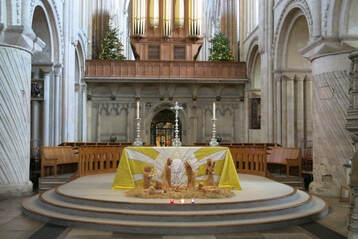 April 2022 - at last the 2020 programme of events has got up to date with no less than eight guided tours of the Broderers' Guild workshop at Norwich Cathedral. Manager Helen Jenkins and her team of dedicated volunteers opened up the Broderers' Studio, a vital part of Church life in East Anglia and beyond. C&TA Members gained a privileged insight into the depth of skill and knowledge required to produce, maintain and restore a range of sumptuous ecclesiastical garments and altar fronts from humble rural churches to magnificent cathedrals. Each is painstakingly hand stitched on natural fabrics in expensive mixtures of silk, linen and wool. Designed to last for decades, they are invariably visually dazzling in rich colours, and big, bold patterns to make an impact even from the back of a church. It was a delight to witness the Guild's work maintaining a rich textile heritage dating back centuries. 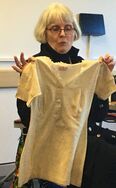 Joy Evitt on Chanel Joy Evitt on Chanel Fine needlework was a theme of other events this month with Joy Evitt's fascinating glimpse into the classic haute couture world of Coco Chanel, complete with sample garments. And The Costume Detectives' latest 'undercover' investigation brought along a whole range of gorgeous satin and lace in their investigation of ladies 'unmentionables'. From lovely lace knickers and bras to slips and silk stockings, it was a tactile delight as Investigative Team Leaders Isobel Auker and Jenny Daniels introduced our 'detectives' to the intimate and fascinating world of undergarments throughout history - including mid-15th century Lengberg Drawers, discovered as remnants in an Austrian castle; beautifully constructed boned corsets, delicate lace bodices, flannel nightshirts and woollen combinations. It was a joyful day full of laughter and surprises. We look forward to the next Costume Detectives, which will be a very special one … watch this space. Meanwhile on Zoom, Author Victoria Finlay's exuberant examination of 'Fabric, the Hidden History of the Material World' took us round the world from Alabama to Papua New Guinea, and across time, in a fascinating examination of our relationship with cloth, and the gift of turning scraps of fabric into an art form. Speaking of which, our monthly online Afternoon Chat not only let us into the secret of which nail varnish HM Queen Elizabeth II has been wearing throughout her reign (and yes I am wearing it now as I type!) and we took a look at yarn bombing. Has your post box been coddled lately? Send us your pics! 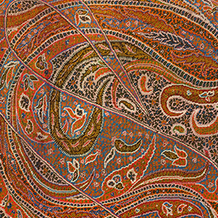 Norwich Shawl Norwich Shawl So here it is… the inaugural C&TA Blog Post! To all Costume and Textile Association Members, hello, and to anyone else with an interest in fabric, textiles and the history of costume we hope you will enjoy joining in with our Blog. If you don’t know the C&TA, we are a lively organisation bringing together people who are keen to support and learn more about the history and development of costume and textiles. We are an independent charity based in the historic city of Norwich in the East of England. This ‘Fine City’ has a rich heritage which owes much to the textile industry on which it was built. For at least 900 years textile workers have brought wealth and innovation to the city. The Normans raised their castle and great cathedral here in the eleventh century as the wool trade made Norwich a thrive. During the medieval period Norfolk worsted, linen, dyeing and weaving helped to make Norwich England’s second city. And in the eighteen and nineteenth centuries intricately woven Norwich Shawls gained international acclaim and were the ultimate fashion accessory to wear over a crinoline. We seek to promote knowledge of this proud history and conserve and expand the unique costume and textile collection of the Norfolk Museums Service, housed in that Norman Castle. The initial idea of this Blog is to report back on the many and varied talks, visits, meetings and events for those who were not able to attend them, and a chance for those who did to share thoughts and continue the conversation. Makers and Menders This month has been a busy one for the C&TA, with two inspiring zoom presentations on Mending from Joy Evitt and Kate Sekules. These were run in conjunction with the popular Norfolk Makers Festival held at the Forum in Norwich. Our members also put on three days of workshops where anyone could come and learn to make patches, visibly mend and embellish old garments to give them a new lease of life - reducing waste and benefitting the environment. And we mounted an impressive display of work from Norwich University of the Arts fashion and design students - all winners of C&TA sponsored design awards inspired by Norwich's proud past. The makers of the present inspired by the past... and there is so much to learn! Keeping us in stitches This month we also enjoyed a memorable presentation from Lucy Adlington and Meredith Towne of the History Wardrobe. The event had been postponed for 2 years due to Covid, but it was more than worth the wait! Lucy and Meredith excelled themselves with their discourse on The Secret Life of Knitting – a richly varied jaunt from vegetable-dyed socks discovered in an Egyptian pyramid, to the most poignant life-saving knitting from Auschwitz, to pink pussy hats, a global symbol of female solidarity in 2017. All this was sandwiched between much laughter at their quick-fire costume changes and their wonderful collection of both original and authentic-reproduction garments. They introduced us to extraordinary accessories, hilarious knitting pattern poses and the role of K1, P1 in wartime espionage! From intricately cabled fishermen's ganseys designed to be water and weather proof to less practical woollen swimming costumes and even a knitted mermaid's tail! this fun show highlighted the skill of knitters and the infinite diversity of designs and uses knitting needles and yarn can be put to. Lucy and Meredith modelling original 1960’s bridesmaid dresses, knitted by the bride herself, who wore a matching hooded outfit in white. Pink pussyhats showing knitting is still very much alive and kicking! We are looking forward to the The History Wardrobe team returning with 'Divine Deco - The Art of the Dressmaker' in July. A window on the Andes 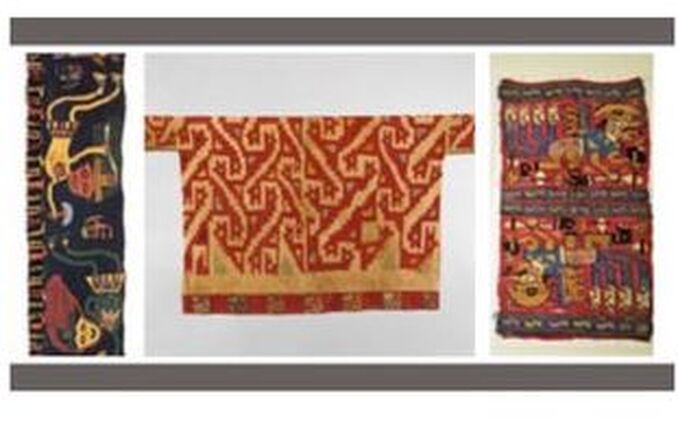 Our regular monthly zoom talk this month came from Dr Frances Durocher, whose Introduction to the Ancient Textiles of the Andes took us back over 6000 years with a fascinating guide to the colourful, intricate textiles created by spinners, dyers, weavers and embroiderers of Peru, dating back millennia. Decorated with lively human and animal motifs, we got to see a varied collection of rare treasures now housed in museums around the world. Snakes, cats and humming birds danced across many incredible pieces which have been preserved at ritual burial sites giving us an extraordinary window into how ancient cultures, made, decorated and used textiles and clothes. There is evidence of large workshops of highly-skilled workers using cotton or vibrantly dyed alpaca, vicuna and llama wool, embellished with feathers. We can also see how these pieces were mended and repaired by less skilled hands - but they were certainly made to last - testament to the use of natural fibres and dyes, preserving a rich cultural history. 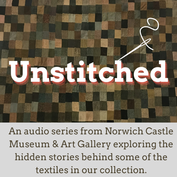 Listen Up! During April, if you love a good podcast, don't miss this new audio series! Norfolk Museums are releasing a series of six audio episodes highlighting some of the objects that were on display as part of the Textile Treasures Exhibition at Norwich Castle Museum. It’s all free to listen to. They will be releasing one episode a week for six weeks. Click on this link to listen now to Episode 1 - Fashion and Sustainability: Stream Norfolk Museums Service | Listen to Unstitched playlist online for free on SoundCloud Do let us know what you thought of these presentations - we love feedback! And catch up with us again in our next Blog at the end of April.
|
AuthorCaroline Whiting is a trustee of C&TA, an art historian and a guide at Norwich's Norman Cathedral. She is passionate about textiles as an art form, from medieval to modern. Archives
June 2024
Categories |
|
Costume & Textile Association
Shirehall, Market Avenue, Norwich, Norfolk, NR1 3JQ Events tel: 01603 745766 Email: [email protected] |
Registered Charity number: 1197727 © COPYRIGHT 2023. ALL RIGHTS RESERVED.
Website design by Cora Studios |

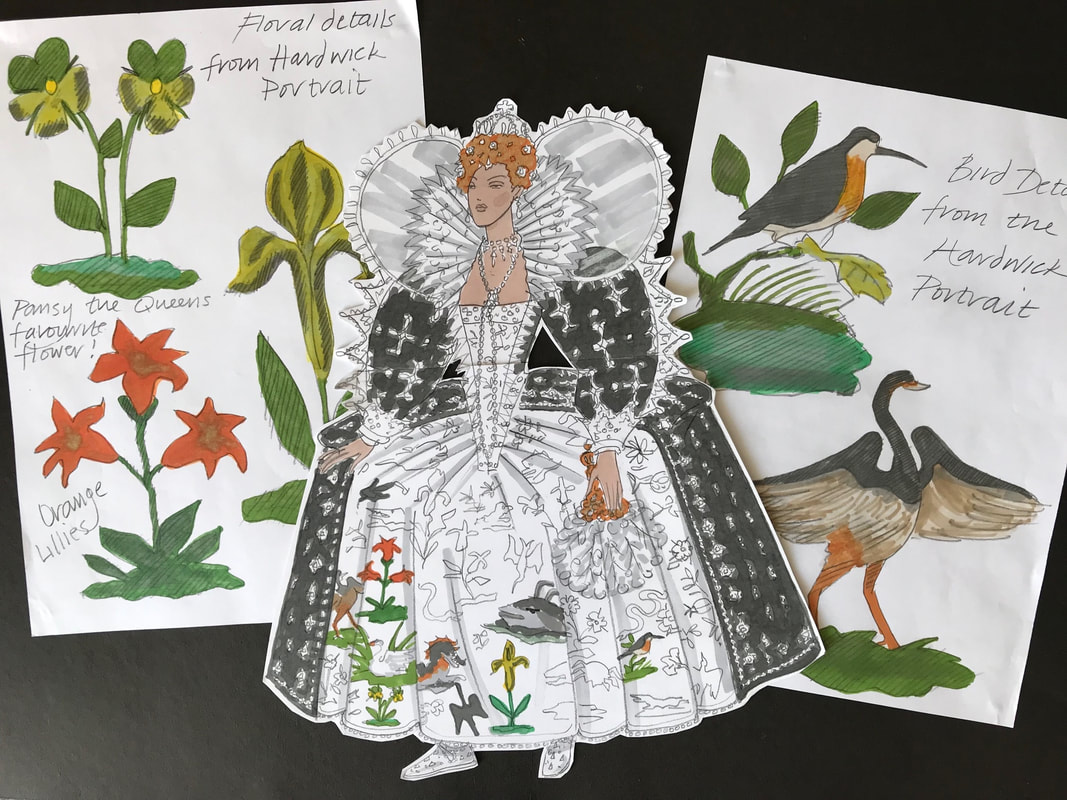
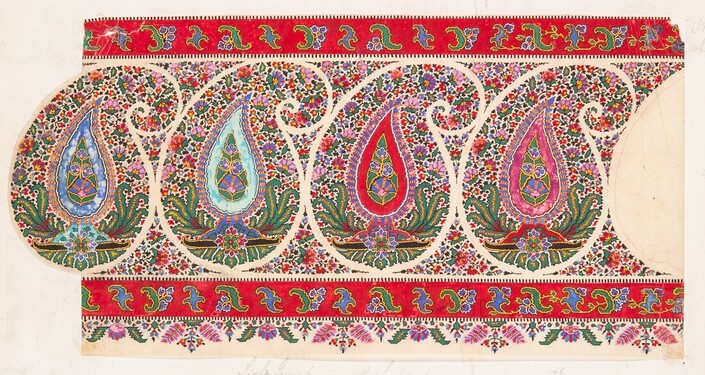
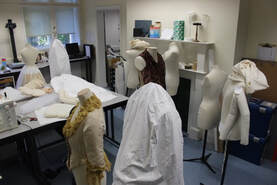
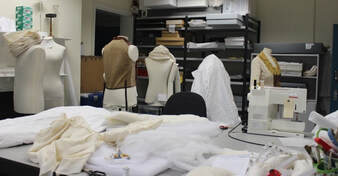
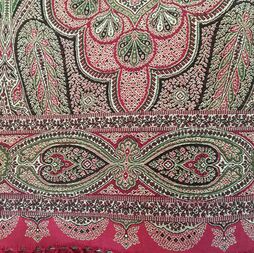
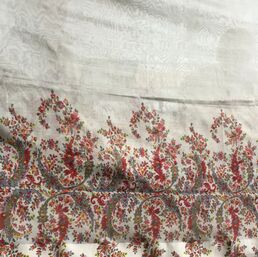
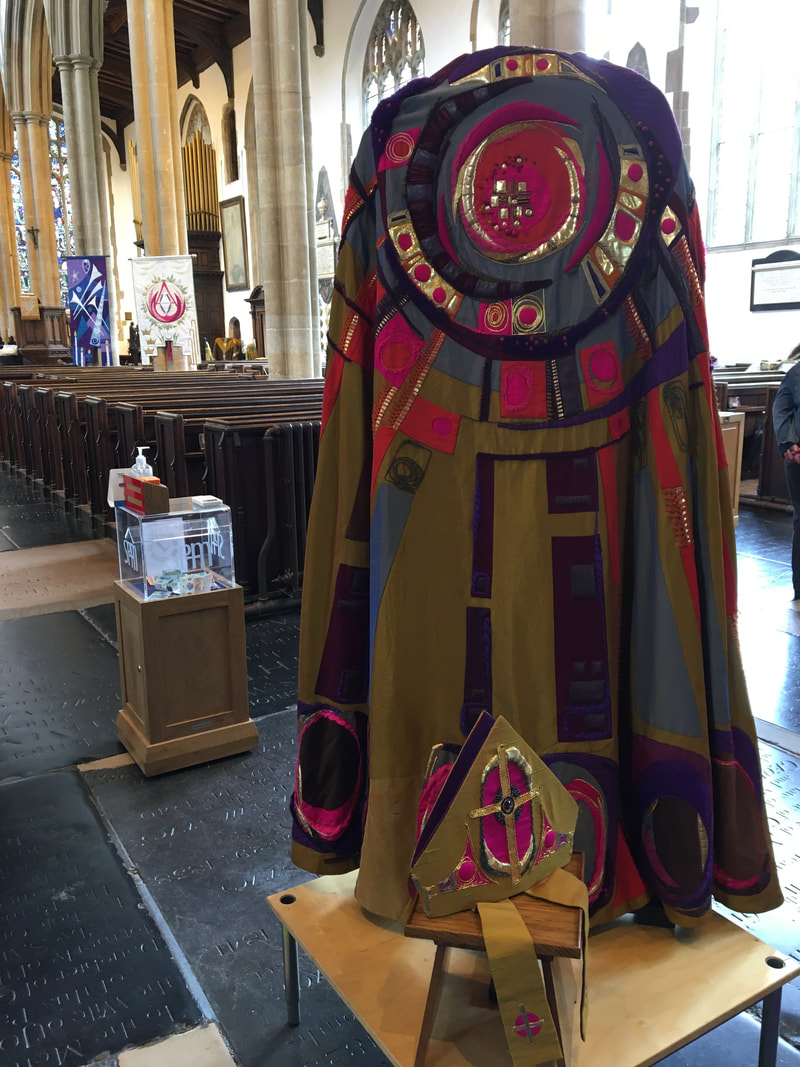
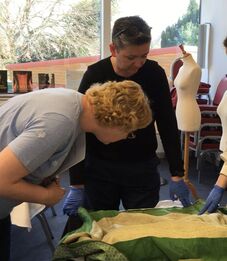
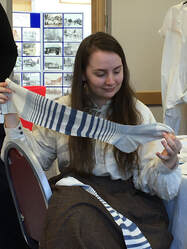
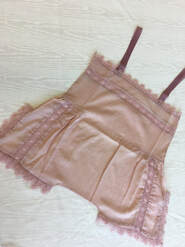
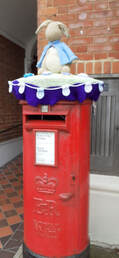
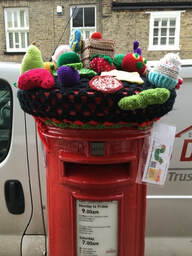
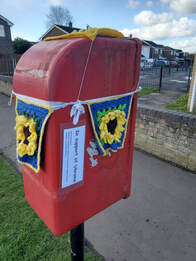
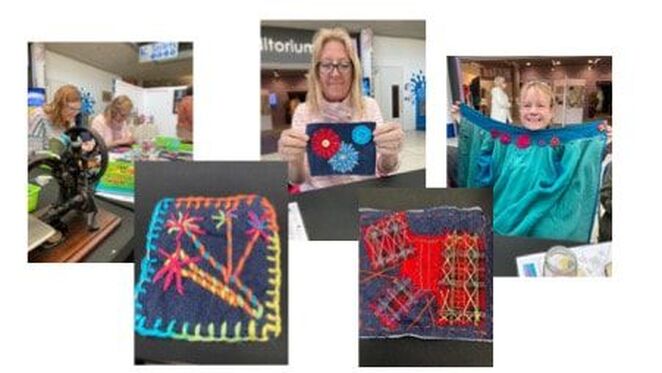
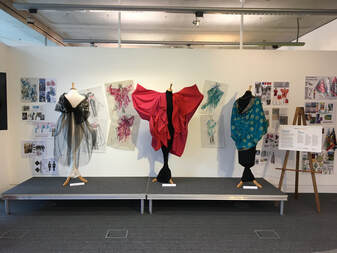
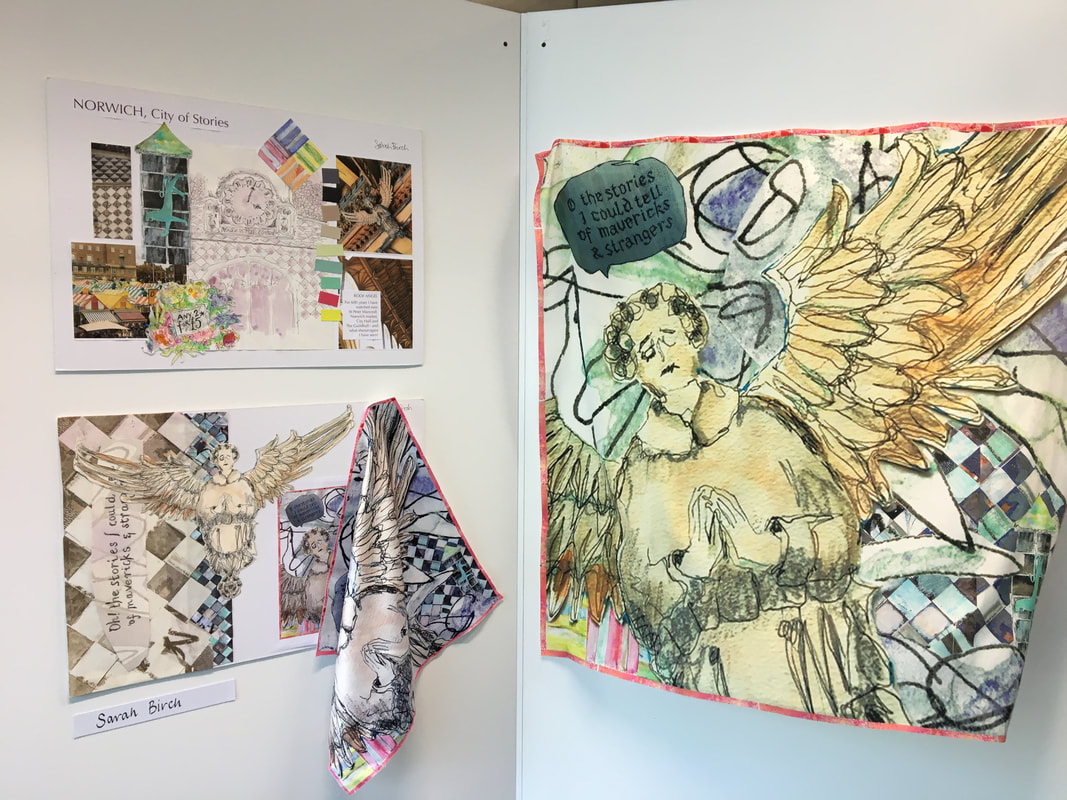
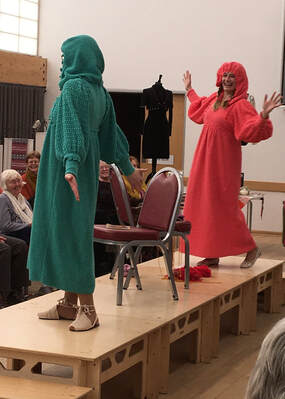
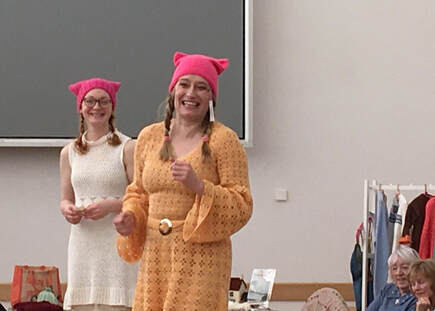
 RSS Feed
RSS Feed